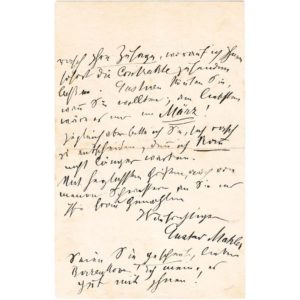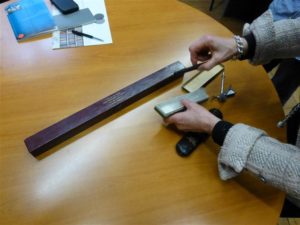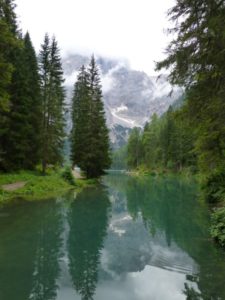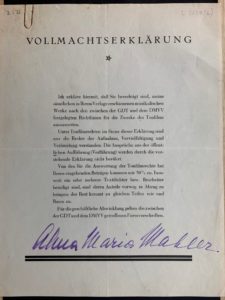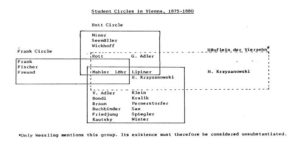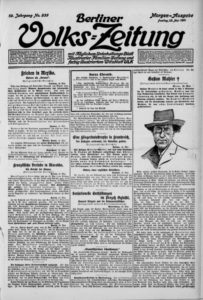The Man
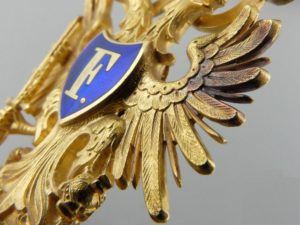
- 23-06-1876 Vienna: 1876 Concert Vienna 23-06-1876 (piano). Wins first prize for piano at Vienna Conservatory for performance of a …
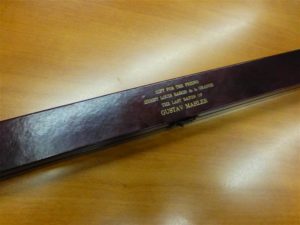
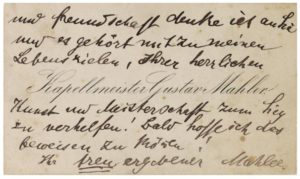
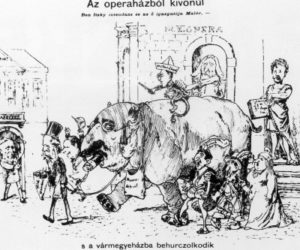
- In order of year.
- See also: Paintings, drawings and silhouettes.
- See also: Sculpture.
- Photos can be found in the …
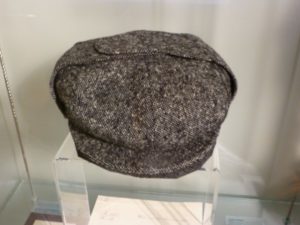
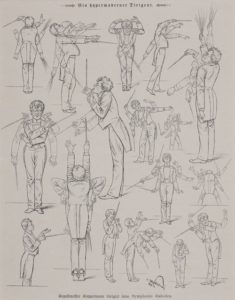
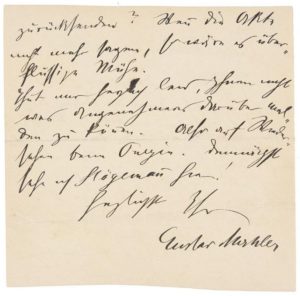
- Correspondence (Tags)
2. The Mahler Family Letters One day it might become possible to embark upon …
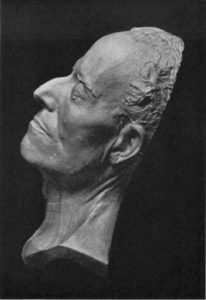
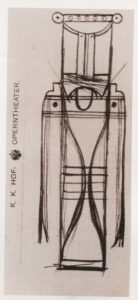
- Christoph Willibald von Gluck (1714-1787).
- Ludwig van Beethoven (1770-1827). Coriolan Overture.
- Richard Wagner (1813-1883).
…
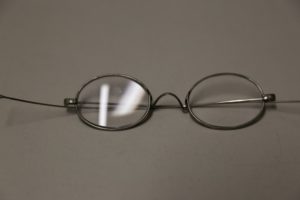
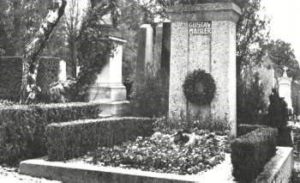
- Gravestone Gustav Mahler, Vienna, Grinzing cemetery, Vienna.
- Also in this grave: Maria Anna Mahler (Putzi) (1902-1907).
- See also: Gustav …
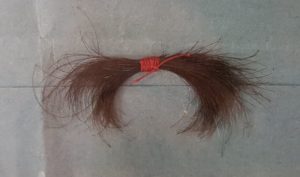
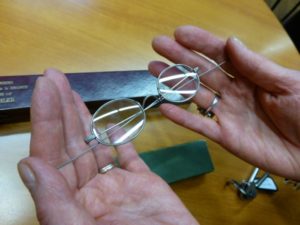
- Born: 07-07-1860 Kaliste, House Gustav Mahler Kaliste 1860 (Birthplace, house No. 9), Czech Republic, …
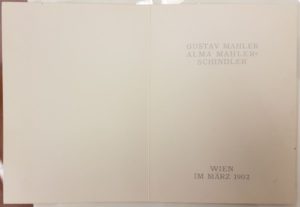
- Year 1902, 09-03-1902.
- Karlskirche, Vienna, Austria.
- Private …
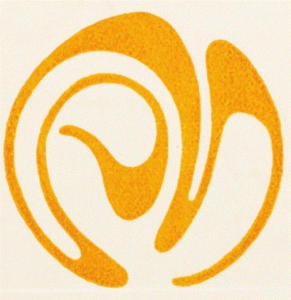
- 1909: Pocket score of Symphony No. 7.
Bussjager & Rattig music publishers (Vienna)
- …
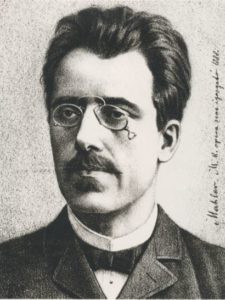
- In order of year.
- See also: Cartoons and caricatures.
- See also: Sculpture.
- Photos can be found in the Chronology.
…
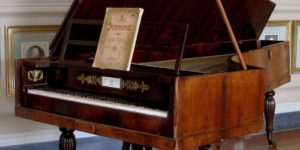
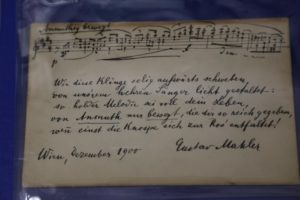
- 1923 – Erinnerungen an Gustav Mahler by Natalie Bauer-Lechner (1858-1921). In Médiathèque Musicale Mahler.
- Fragment (Audio, German, duration 01:55): Anna Justine Mahler (Gucki) …
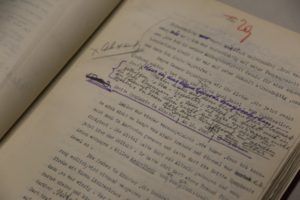
- Fragment (Audio, English, duration 02:32): Alma Mahler (1879-1964) about Gustav Mahler (and Gustave Charpentier (1860-1956)‘s “Louise”).
…
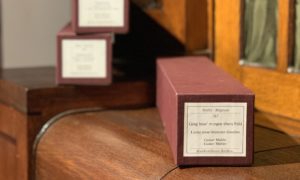
- Year 1905.
- 09-11-1905.
- Gustav Mahler (1860-1911) plays the piano at the Welte-Mignon recording studio in Leipzig, Germany.
- Leipzig.
- Welte-Mignon.
…
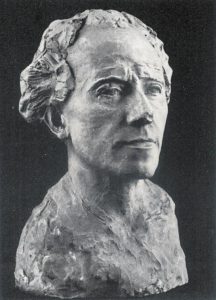
Alma Mahler (1879-1964)‘s father-in-law, the painter Carl Julius Rudolf Moll (1861-1945), …
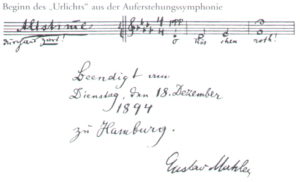
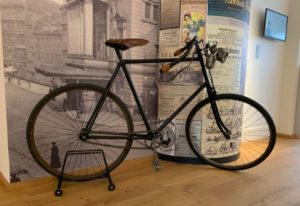
- Hiking.
- Swimming.
- Bicycle. See Wilhelm Zinne (1858-1934).
Bicycle owned by the Gustav Mahler Vereinigung Hamburg …
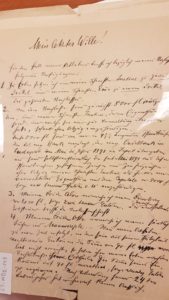
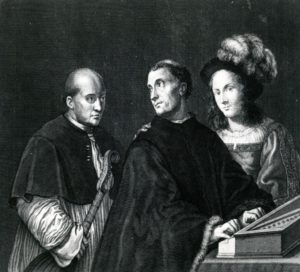
Gustav Mahler (1860-1911) was a late-Romantic composer and one of the leading conductors of his generation. He was born to a Jewish family in the village of Kaliste in Bohemia, in what was then the Austro-Hungarian Empire, now the Czech Republic.
As a composer, Gustav Mahler acted as a bridge between the 19th-century Austro-German tradition and the modernism of the early 20th century. While in his lifetime his status as a conductor was established beyond question, his own music gained popularity in Europe (especially Austria, Germany, and the Netherlands) before the Second World War (when performances were banned in those countries). After the war, émigré conductors popularized his works in the US and UK as well, and they gained popularity when recordings became widely available, especially after the anniversary years of 1960/61.
Gustav Mahler (1860-1911) – Symphony No. 1 (1888)
Gustav Mahler’s oeuvre is relatively small; for much of his life composing was necessarily a part-time activity while he earned his living as a conductor. Aside from early works such as a movement from a piano quartet, composed when he was a student in Vienna, Gustav Mahler’s works are designed for large orchestral forces, symphonic choruses and vocal soloists.
Gustav Mahler (1860-1911) – Symphony No. 2 (1894)
His works were often controversial when first performed, and several were slow to receive critical and popular approval. Some of Gustav Mahler’s immediate musical successors included the composers of the Second Viennese School, notably Arnold Schoenberg, Alban Berg and Anton Webern.


